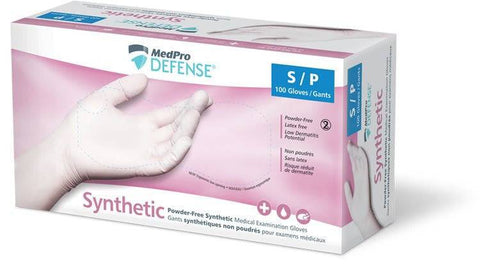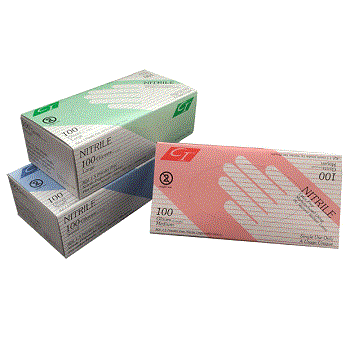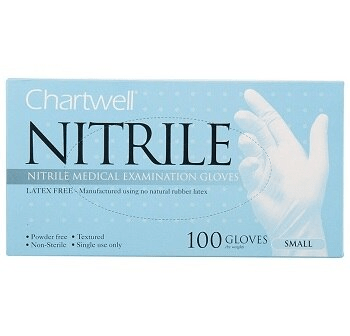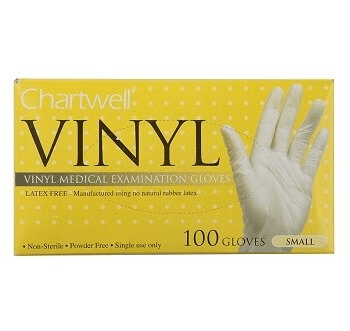PPE Supplies encompass a wide range of safety products designed to protect individuals from hazards in various environments. These products function as essential equipment for workplace safety, industrial safety, and overall hazard prevention.
Here's a breakdown of PPE terminology:
- Protection: PPE supplies the primary defense against hazards, safeguarding users from injuries and illnesses.
- Equipment/Gear/Supplies: These terms encompass all the items that fall under the PPE umbrella.
- Safety (related terms): Workplace safety, industrial safety, occupational safety - all refer to the practices and procedures implemented to minimize risk in work environments.
- Hazard Prevention & Risk Mitigation: These terms highlight the proactive role PPE plays in preventing accidents and minimizing potential harm.
Examples of PPE Supplies include:
- Protective clothing: Suits, overalls, aprons, vests, jackets, and boots that shield users from physical hazards like burns, cuts, and splashes.
- Respiratory protection: Masks, respirators, and air-purifying devices that safeguard users from harmful airborne contaminants like dust, fumes, and vapors.
- Eye protection: Goggles, safety glasses, and face shields that protect the eyes from projectiles, chemicals, and radiation.
- Hearing protection: Earplugs and earmuffs that shield users from excessive noise levels.
- Hand protection: Gloves made from various materials to protect hands from cuts, abrasions, chemicals, and extreme temperatures.
- Head protection: Helmets that safeguard the head from falling objects, impacts, and electrical hazards.
- Foot protection: Safety boots and shoes with features like steel toes and slip-resistant soles to prevent injuries.
By utilizing PPE Supplies, individuals working in hazardous environments can significantly reduce the risk of accidents and injuries. It's a crucial component of any comprehensive safety program.

















